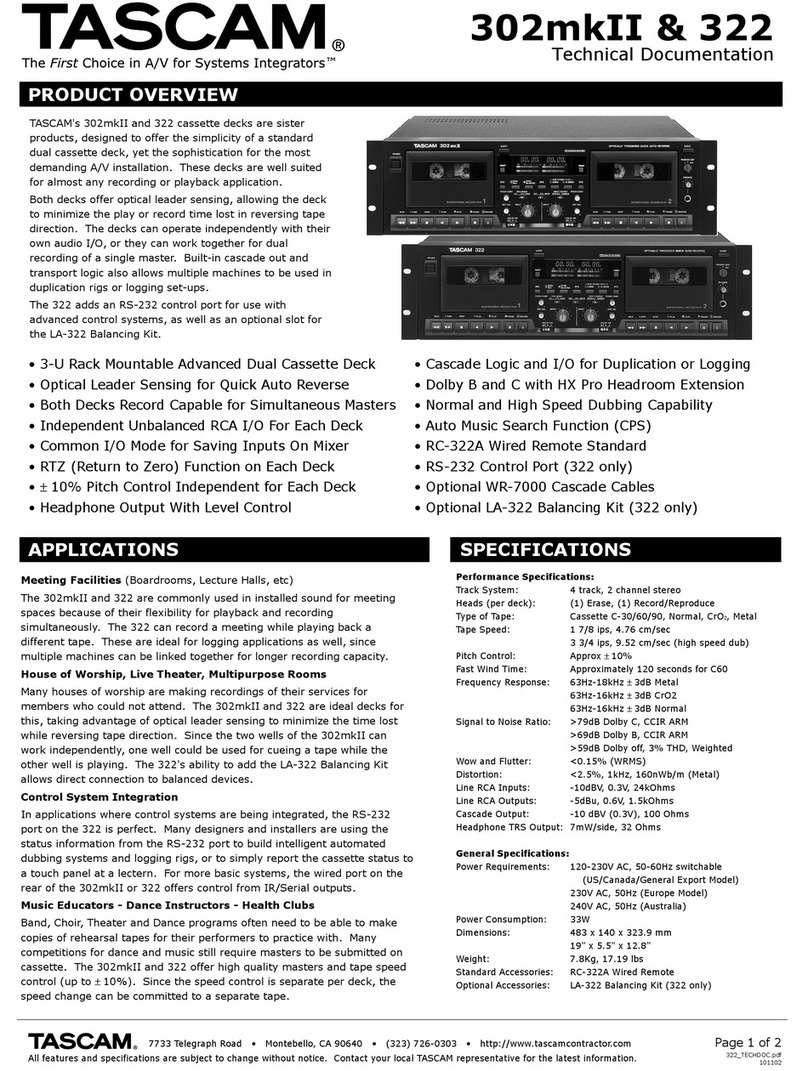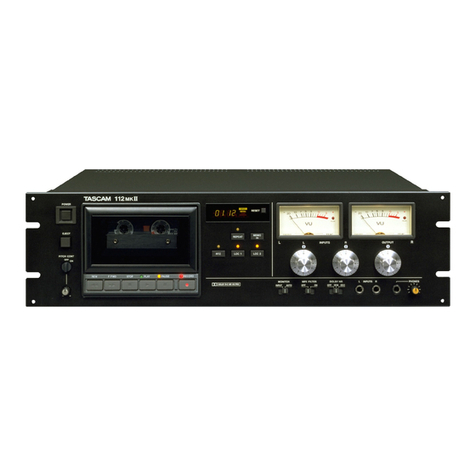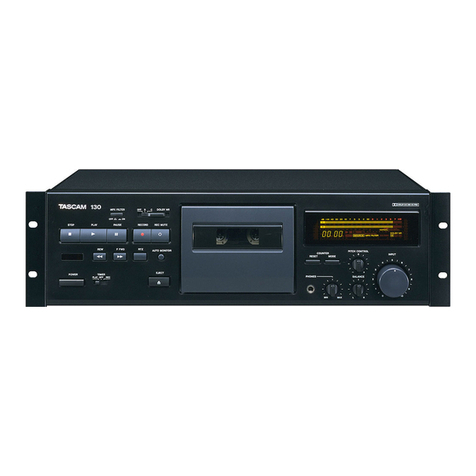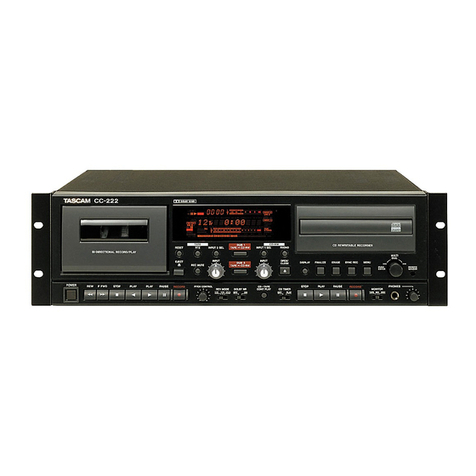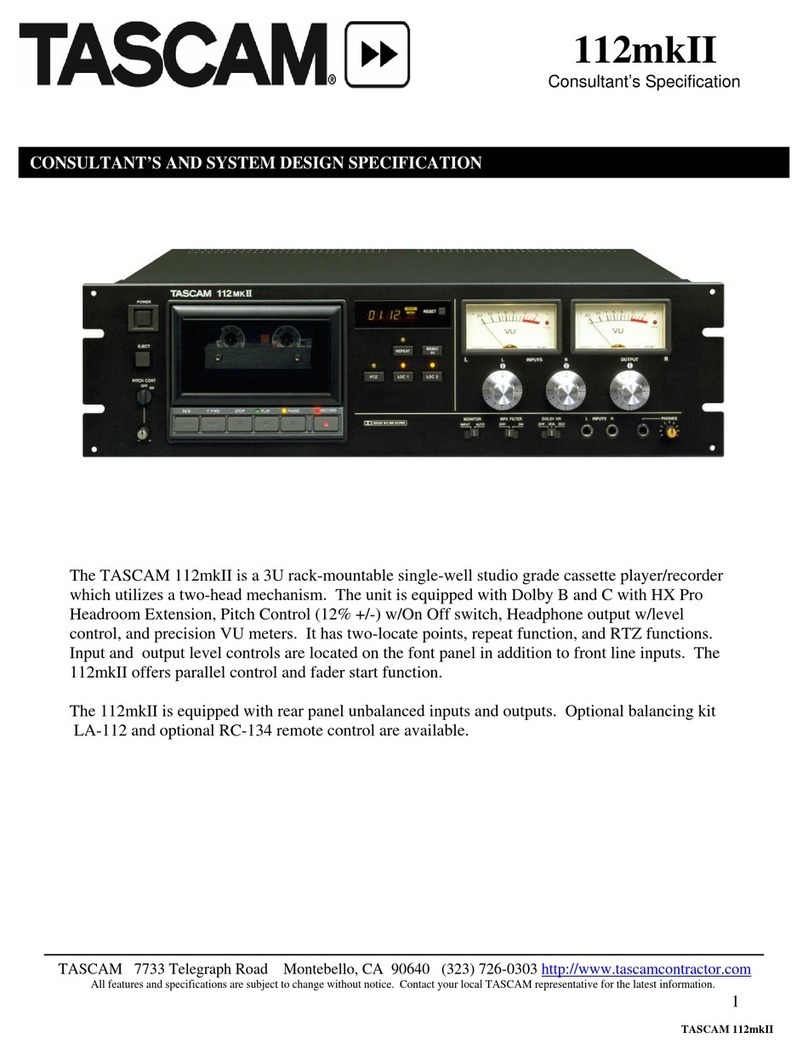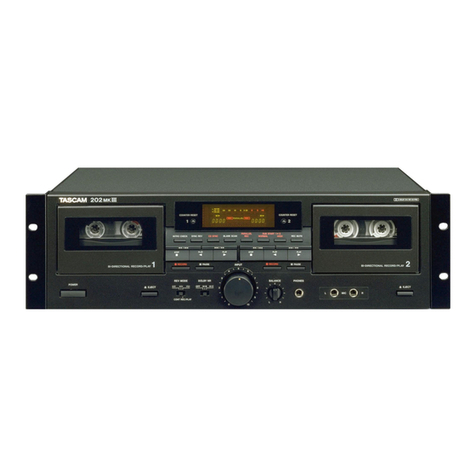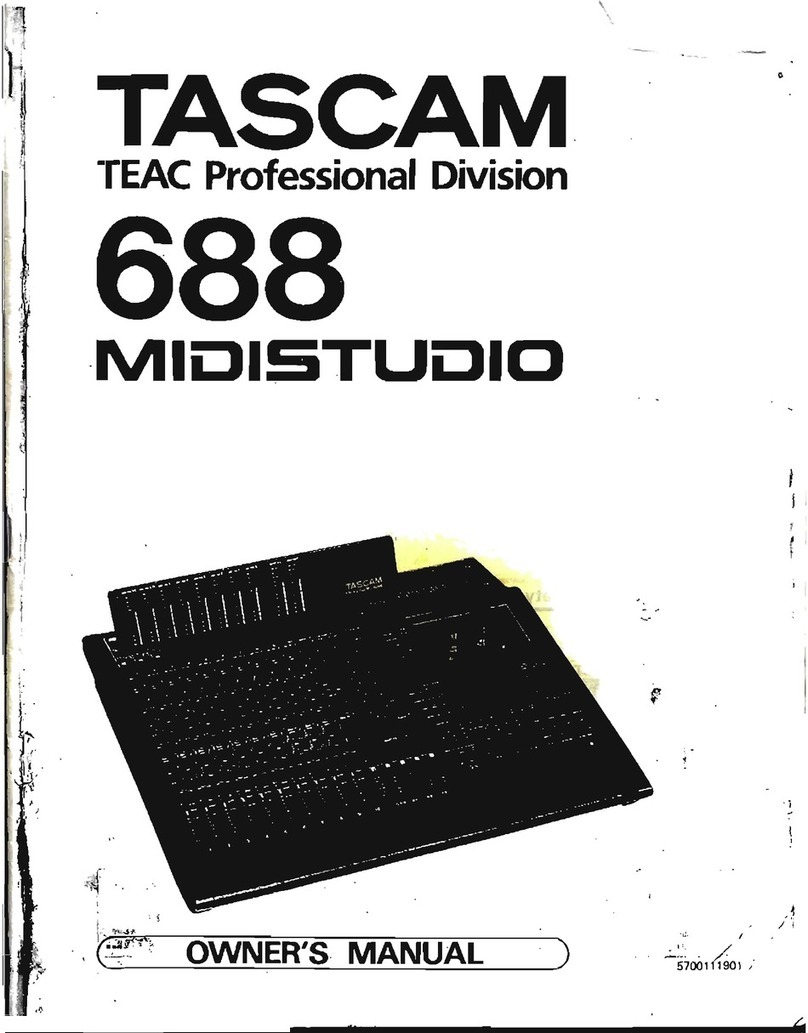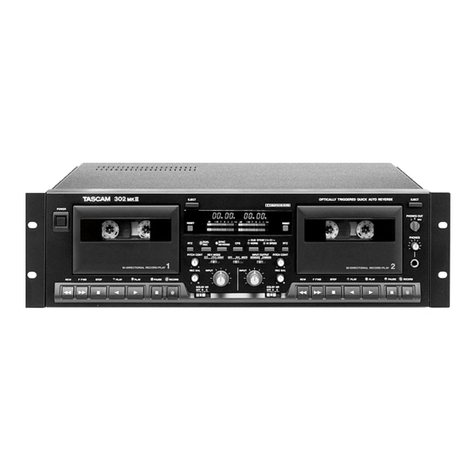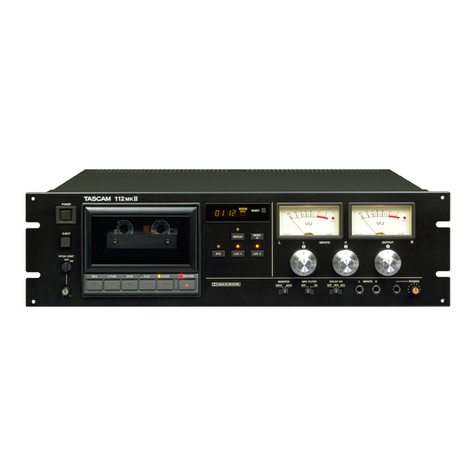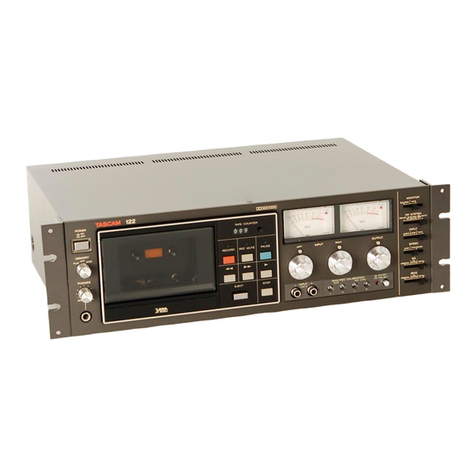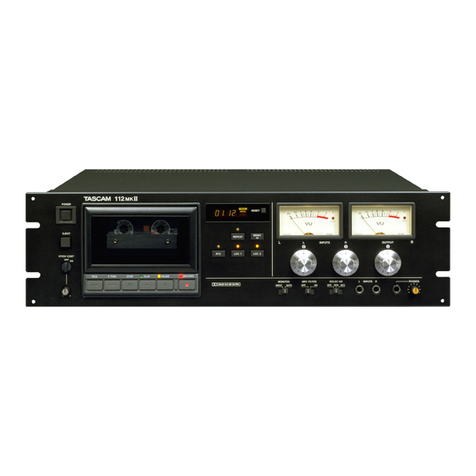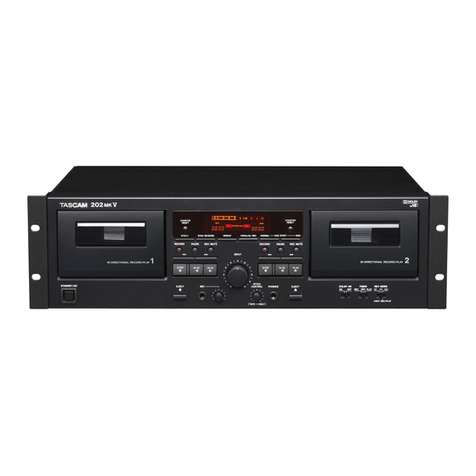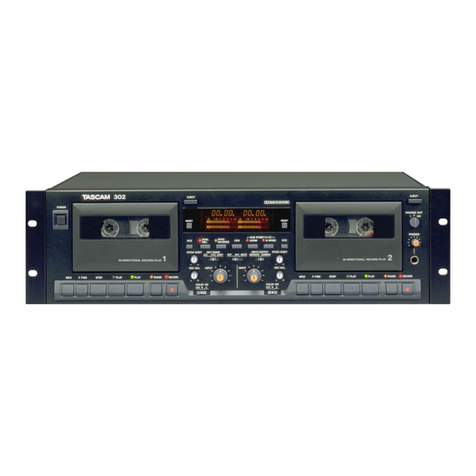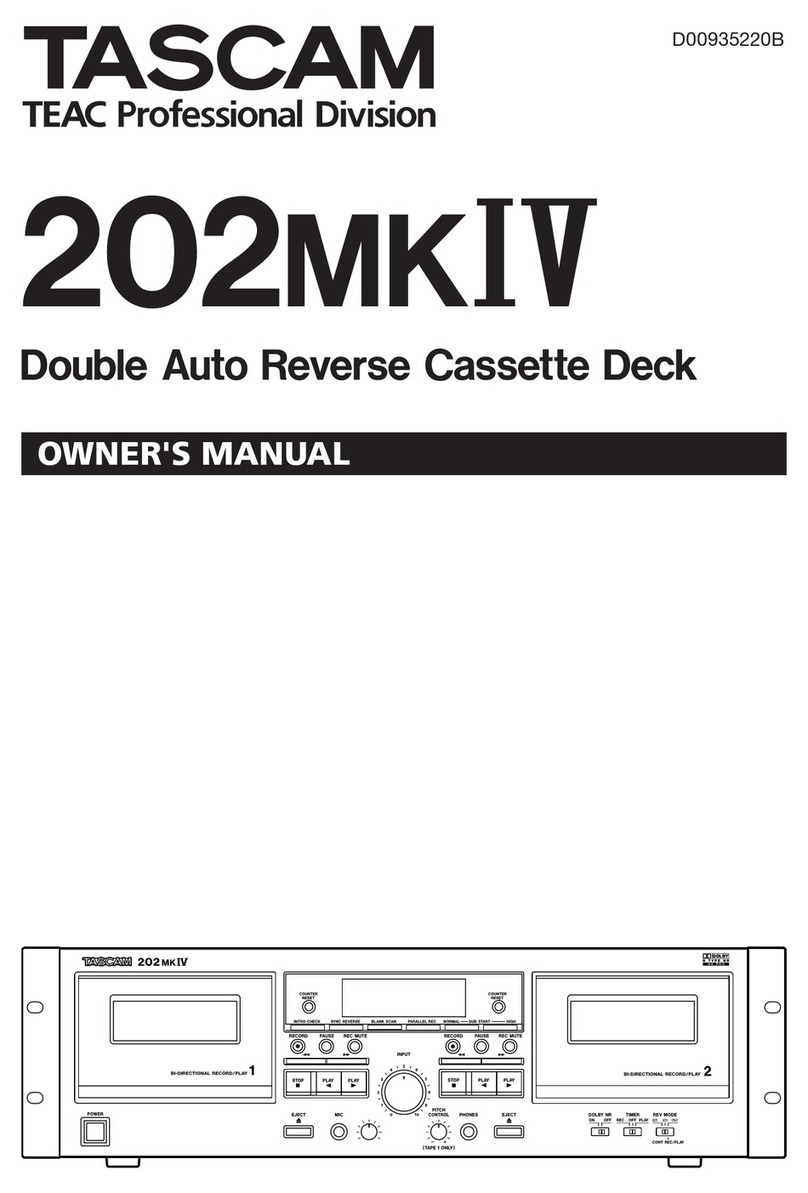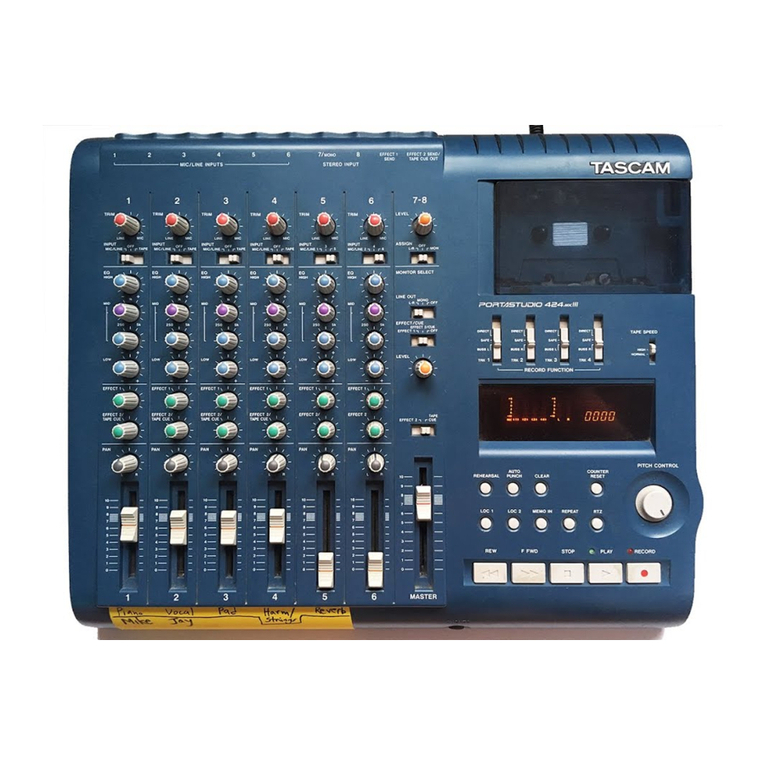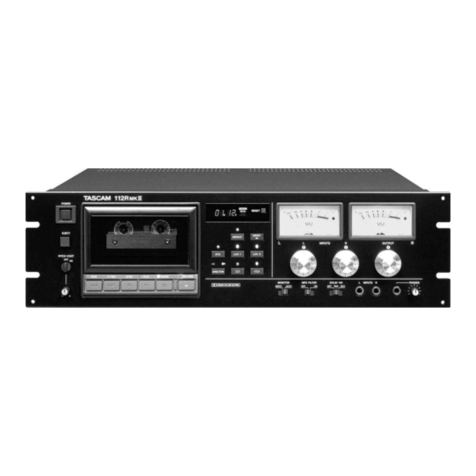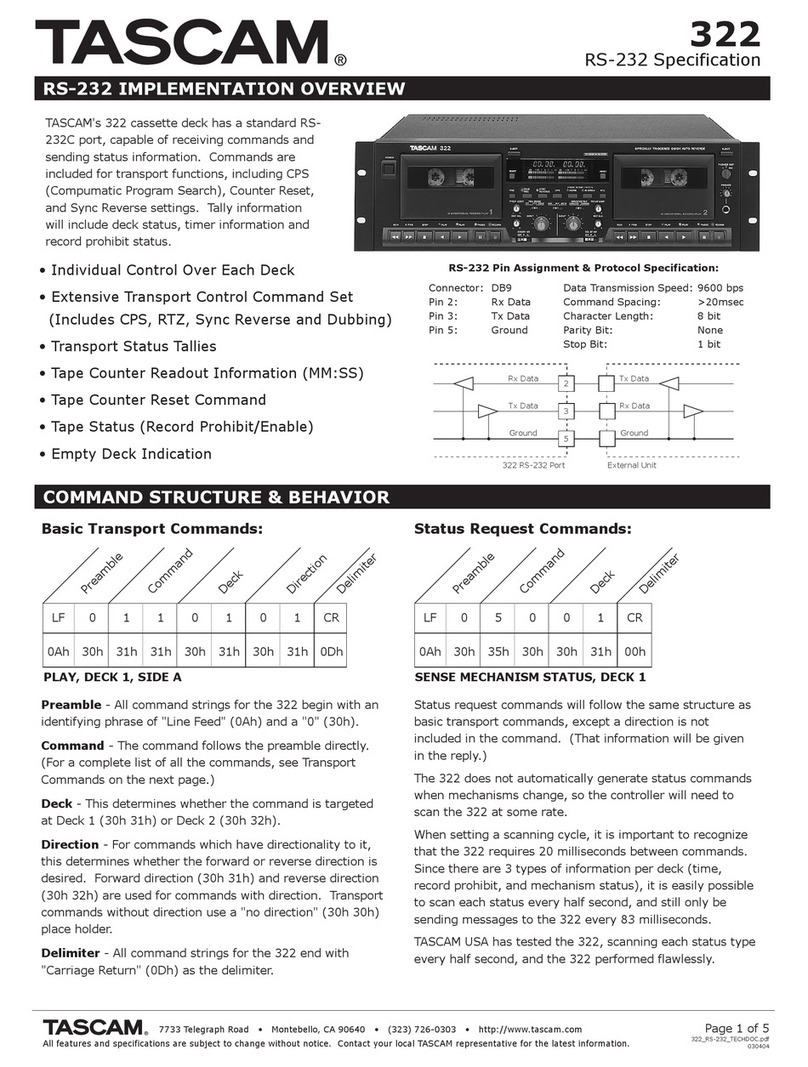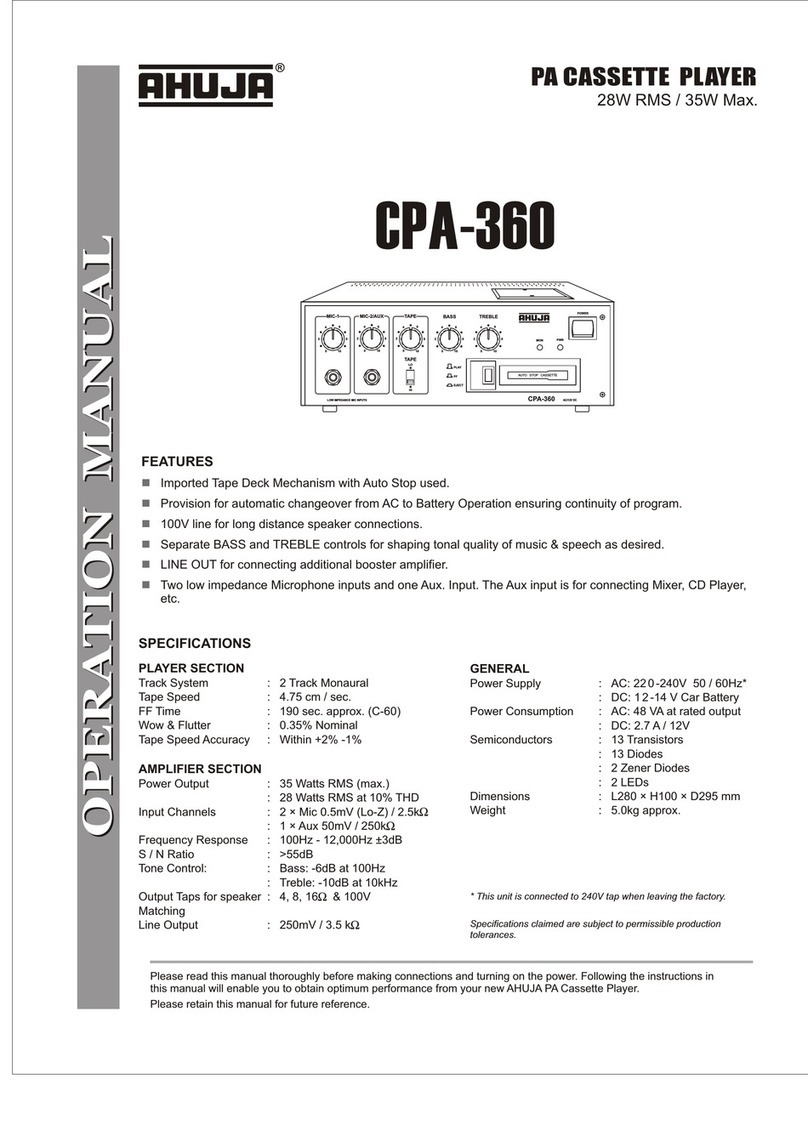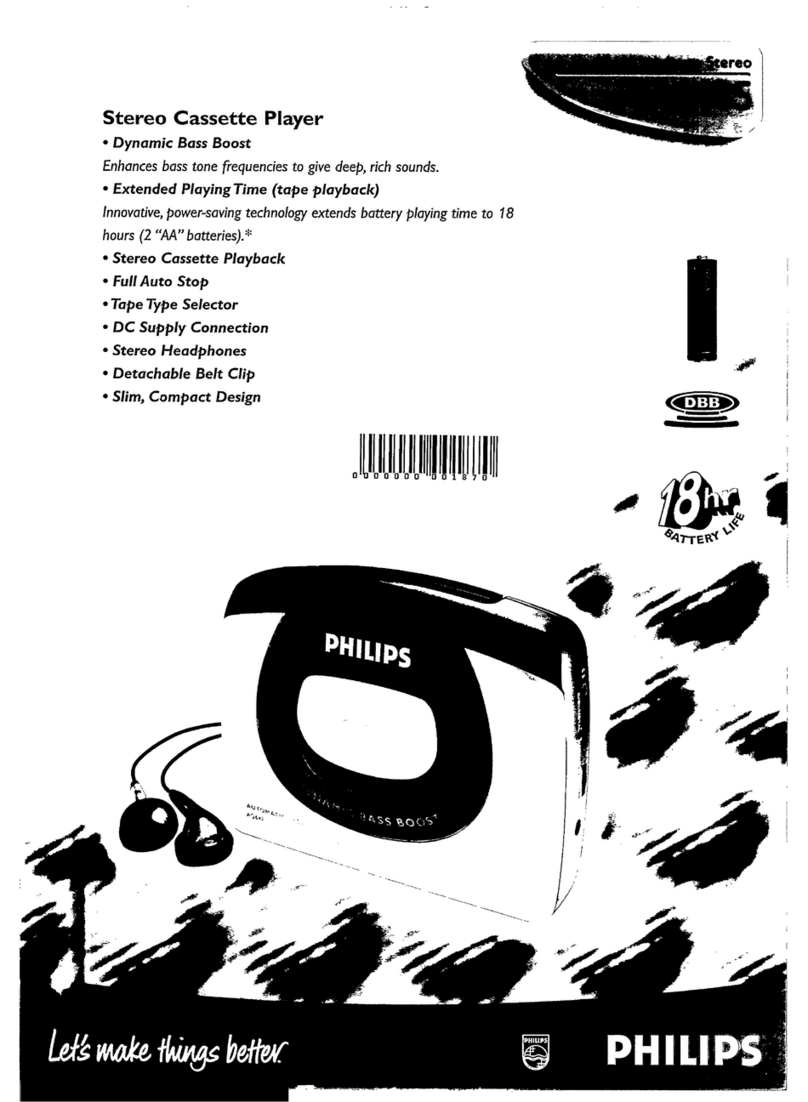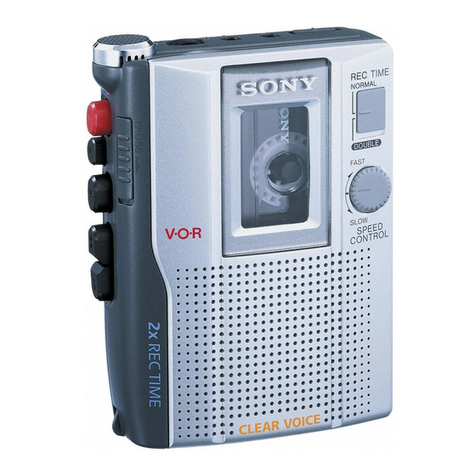I
l~~
MK
ll
MECHANICAL
Tape:
Track Format:
Tape Speed:
Speed
Accuracy:
Pitch
Control:
Wow &
Flutter
1):
Fast Wind Time:
Motor:
Head Configuration:
Dimentions (W x H x D):
Weight
ELECTRICAL
Line
Input
(XLR)
Input
Impedance:
Nominal
Input
Level:
.
Minimum
Input
Level:
Line
Input
(1/4"
and RCA)
Input
Impedance:
Nominal
Input
Level:
Minimum
Input
Level:
Line
Output
(XLR)
Minimum
Load Impedance:
Output
Impedance:
Nominal
Output
Level:
Maximum
Output
Level:
Line
Output
(RCA)
Minimum
Load Impedance:
Output
Impedance:
Nominal
Output
Level:
Maximum
Output
Level:
Headphone
Output:
Bias Frequency
Equalization:
Recording Level:
Frequency Response2 ):
Total
Harmonic
Distortion
(THD)2)
:
Signal-to-Noise Ratio2 ) :
(Reference 3 %
THO)
Adjacent Channel Separation2):
Erasure2 ):
Power Requirements:
U.s
.
AJCANAOA:
EUROPE:
U.K
./
AUSTRALlA:
GENERAL
EXPORT:
Power
Consumption:
1. SPECIFICATIONS
1±~
Philips type
ca
ss
ette C-60 and C-90
4-track, 2-channel stereo
4.8 cm/s
(1-7/8"
ips)
±0
.5 %
±12 %
0.04 %
(NAB
weight_ed)
±0_08 % peak
(DIN
/IEC/
ANSI
weighted)
90
seconds
for
C-60
1
FG
servo
direct
-drive capstan
motor;
1 DC
reel
motor;
and
1 DC ancillary
3 heads; erase, playback and record
482 x 133 x 297
mm
(19"
x
5-1
/4"
x 11-11 /
16")
7.7 kg (16.94
Ibs)
net
40 k ohms, balanced
+4 dBm (1.23 V)
-4
dBm
(0.49 V)
30 k ohms, unbalanced
-10
dBV
(0.3 V)
-18dBV
(126
mV)
10k
ohms or more, balanced
100 ohms
+4
dBm
(1
.23 V)
+12
dBm
(3.1 V)
10 k ohms or more, unbalanced
100
ohm
s
-10
dBV
(0.3 V)
-2
dBV
(0.8 V)
100 mW/channel
maximum
at 8 ohms
100
kHz
3180
J.1s
+ 70
J.1S
(Metal,
Cr02)
318011s+ 120l1s (Normal)
160
nWb/m
(0
VU)
25 Hz -
20
kHz
±3 dB at
-20
VU
(Met
al
)
25
Hz -19
kHz
±3 dB
at
-20
VU
(Cr01)
25 Hz -
17
kHz
±3
dB
at
-20
VU
(Normal)
1 % at 0
VU,
400 Hz, 160
nWb/m
(Metal)
59dB
(NR
OUT,
WTD)
68 dB
(DOLBY"
-B NR
IN,
over 5 kHz)
78 dB
(DOLBY-C
NR
IN,
over 1
kHz)
Better
than
45
dB at 1
kHz
Better than 65 dB at 1 kHz reference
+10
VU
120 V AC,
60
Hz
220 V
AC,
50
Hz
240 V AC,
50
Hz
100/ 120/
220/240
V AC,
50
/60 Hz
24 W
- 1 -

